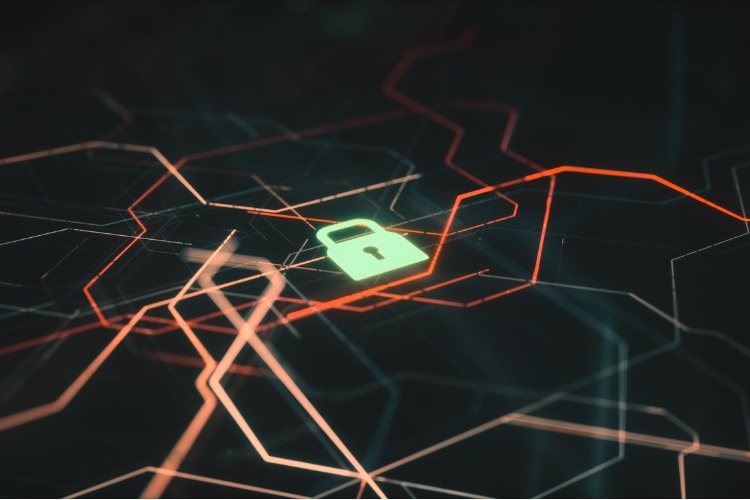How Much Damage a Ransomware Attack Can Cause
As soon as you turn on a news channel or try to read the latest broadcast from your favorite site, you can find an article on cybercriminal activity, especially ransomware-type. Ransomware, a highly crippling malware attack on businesses of all sizes and sensitive information, has been in action. You can search now and find several companies getting attacked and losing footing.
Ransomware attacks started in 1989, but they began to get the much-needed attention just a few years back when attacks started getting out of hand and attacking big organizations as well as smaller businesses. In 2018 alone, the attacks cost $11 million worldwide, and the infamous WannaCry attack made the world shake in its destruction. The future doesn’t look that bright with greater techniques and strategies by hackers and their updated ransomware software programs. The following are some facts and tips to steer clear of such wide-scale attacks:
Dangers of Ransomware Attack
A ransomware attack is well concealed and almost unrecognizable for most web users. It can occur as employees in a company open a regular email and click on a not-at-all suspicious link only to expose the ransomware malware. Another technique used by professional hackers is to create websites or infiltrate existing ones that people in an organization are prone to open up without any suspicion. Apart from these techniques, there are several others well disguised for a regular employee or businessperson to reveal. Follow along to find several other dangers of ransomware attacks and their repercussions:
- Substantial data loss
- Time and money mislaid in recovery
- High ransom payment for data return
- Profits lost during restoring system
- Damages in legal costs and business image
Types and Tricks
Ransomware attacks have developed a lot since the revelation. There are so many types and ways a ransomware attack can happen, and you won’t even know it. Hackers have become adaptive to different technological advancements, and even if they don’t have the required knowledge to develop vast software, people just buy ready-made solutions available in the market and make some easy money. Some of the tricks used by ransomware hackers are the following:
- Screen Lockers: A type of ransomware that locks out the user of a device pretending to be a law enforcement officer or another authoritarian personality and demands a ransom to get the system back.
- Scareware: It appears as a pop message demanding immediate payment to stop the virus on the computer. It can be disguised as a security program installed in your PC to look the part.
- Encrypted: The worst of all kinds of ransomware that can be the most damaging to your business data and workflow. The hacker encrypts all the sensitive and valuable data inside the computer and leaves nothing behind. Then they demand a hefty sum in bitcoins or another method. Most of the time, the information isn’t even returned, so it’s no use in paying the ransom.
Crucial Safety Precautions
Safety measures could be taken after a ransomware attack if they weren’t put in place before. However, they won’t bring back the data or recover your loss fully. Some ways to protect your business after a ransomware attack are the following:
- Never pay the ransom amount
- Contact ransomware removal professionals
- Contact your lawyer and law enforcement
- Dispatch any malware protection available in attempts to decrypt data back
Necessary precautions all business should start taking to prevent becoming the target of the ransomware attacks said to increase in the coming years are stated below:
- Creating consistent backups is a head-on way of preventing damage from ran ware attacks.
- Save files in cloud programs not just locally in the computer to recover successfully
- Install high caliber fully patched antimalware and one antivirus program
- Acquire ransomware services from a reputable cybersecurity agency and receive routine ransomware assessments.

